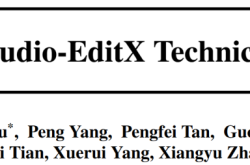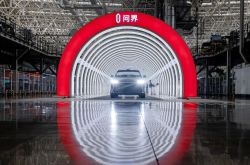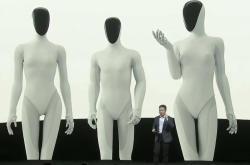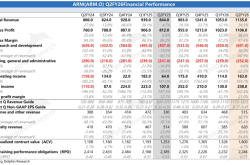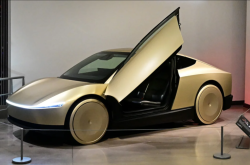Starting at 229,900 yuan? Xiaomi's YU7 Debuts This Month, Aiming to Replicate SU7's Success
![]() 06/17 2025
06/17 2025
![]() 541
541
Must Xiaomi Automobile Break the Mold?
On the morning of June 16, Lei Jun, Chairman of Xiaomi Group, announced that Xiaomi's YU7 would be launched alongside several other major products at the end of June. Subsequently, Lei Jun tweeted that due to the large number of products being released at the end of the month, he would host a live stream with Lu Weibing on June 18 to interact with netizens.
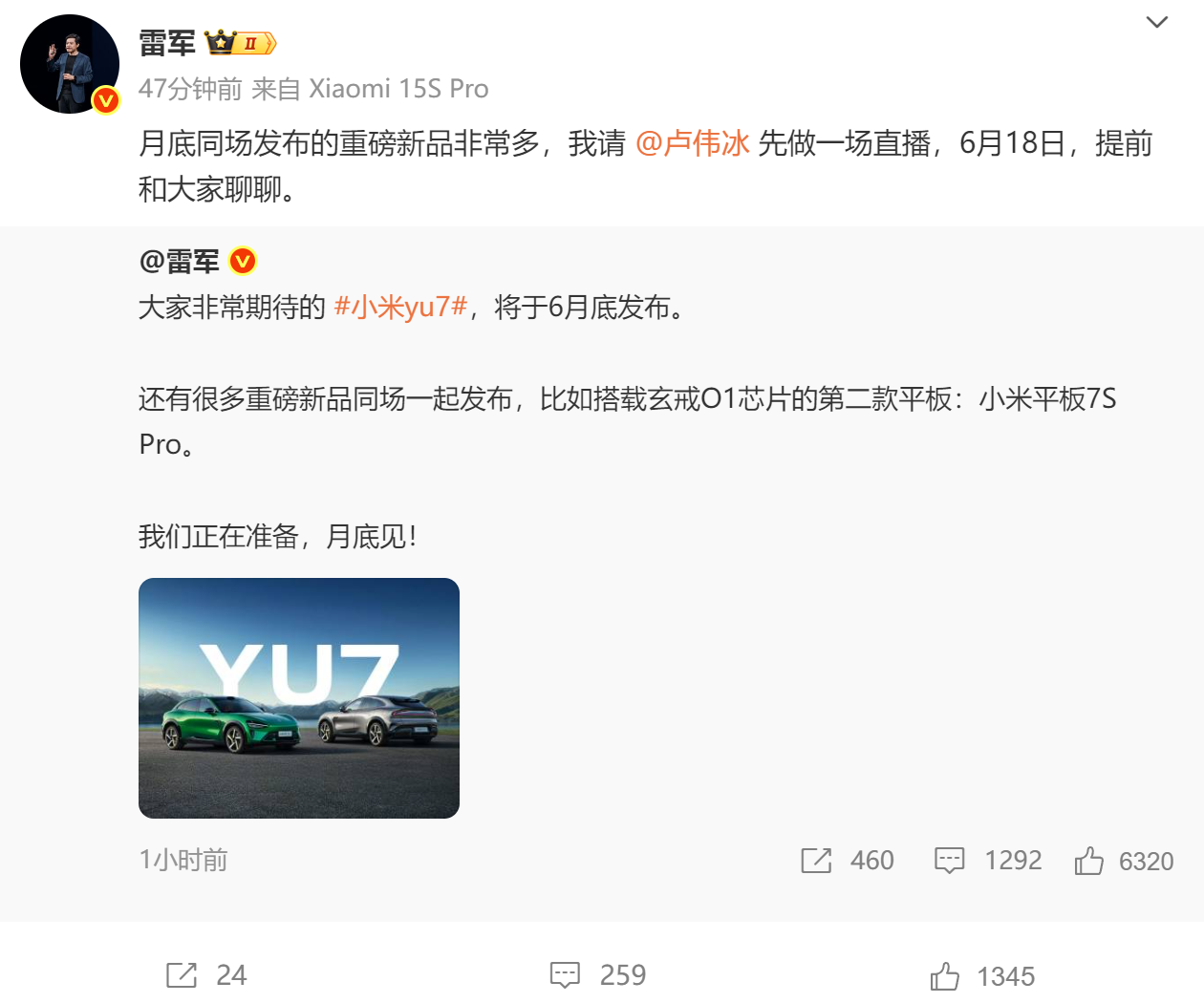
(Image source: Weibo screenshot)
With the SU7, Xiaomi has already established itself as a leading brand in China's new wave of carmaking. According to data from the China Passenger Car Association, Xiaomi ranked 13th in domestic new energy vehicle sales in May this year, trailing only NIO, Li Auto, and XPeng among new carmaking forces (sales of HarmonyOS smart travel brands are counted separately under their respective cooperative automakers).
The arrival of Xiaomi's new YU7 model presents an opportunity for Xiaomi to enter the top ten in domestic new energy vehicle sales, but the market environment it faces is vastly different from that of the SU7.
The SU7's Success: A Perfect Blend of Timing, Location, and Human Factors
Today, the Xiaomi SU7 is undoubtedly a successful product, but before it truly succeeded, many were skeptical about Xiaomi Automobile.
When Xiaomi announced its entry into the automotive industry on March 30, 2021, it stated that it would initially invest 10 billion yuan and plan to invest 50 billion yuan over five years.
Regarding the financial requirements for manufacturing new energy vehicles, Li Bin, CEO of NIO, said in 2016 that new carmaking forces would need at least 20 billion yuan to achieve mass production. In 2022, he further stated that without 40 billion yuan, it might not be feasible. He Xiaopeng, CEO of XPeng, said that before entering the automotive industry, he thought it was exaggerated that others needed tens of billions to build cars, but after building cars himself, he realized that even 20 billion yuan was insufficient.
Moreover, the domestic new energy vehicle market had already entered a period of explosive growth at that time. Many media outlets and netizens believed that Xiaomi was too late to the game and had too little budget. Subsequently, the media repeatedly reported that Xiaomi was abandoning its automotive business, citing reasons such as lack of automotive manufacturing qualifications and insufficient capabilities. Even after the Xiaomi SU7 went on sale, due to the time needed for production ramp-up and production line improvements, delivery volumes were low in the first few months, leading to questions about insufficient subsequent orders.

(Image source: Xiaomi)
Throughout Xiaomi Automobile's journey to success, there have likely been more voices of doubt than praise. However, it was the believers who put their money where their mouths were, contributing to the success of the Xiaomi SU7 and proving to other automakers that building cars doesn't have to cost so much.
The primary reason for Xiaomi SU7's recognition by consumers is undoubtedly the influence of the Xiaomi brand and Lei Jun himself. The Chinese market is home to automakers from around the world, and there are many high-quality products. How to make more consumers aware of one's own products is a challenge for the marketing departments of all automakers. Xiaomi and Lei Jun not only have a significant influence but also have a strong effect of breaking out of their respective circles, pushing the Xiaomi SU7 into the realms of digital technology and the internet.
Zhou Hongyi, Chairman of 360 Group, once told Yu Chengdong, CEO of Huawei's Consumer Business Group, that he saved Huawei 1 billion yuan in advertising costs. Today, major automakers are cultivating their own "Lei Juns" and "Yu Chengdongs," emphasizing the importance of personal IPs in the internet era.
However, if product quality does not match the hype, it is likely to face a backlash from public opinion. The core of Xiaomi SU7's popularity lies in its solid product strength. The most impressive advantage of the Xiaomi SU7 series lies in its performance, having repeatedly set records at the Nürburgring Nordschleife. Recently, the SU7 Ultra set a new record for electric vehicle lap times at the Nürburgring with a time of 7 minutes and 4.957 seconds.
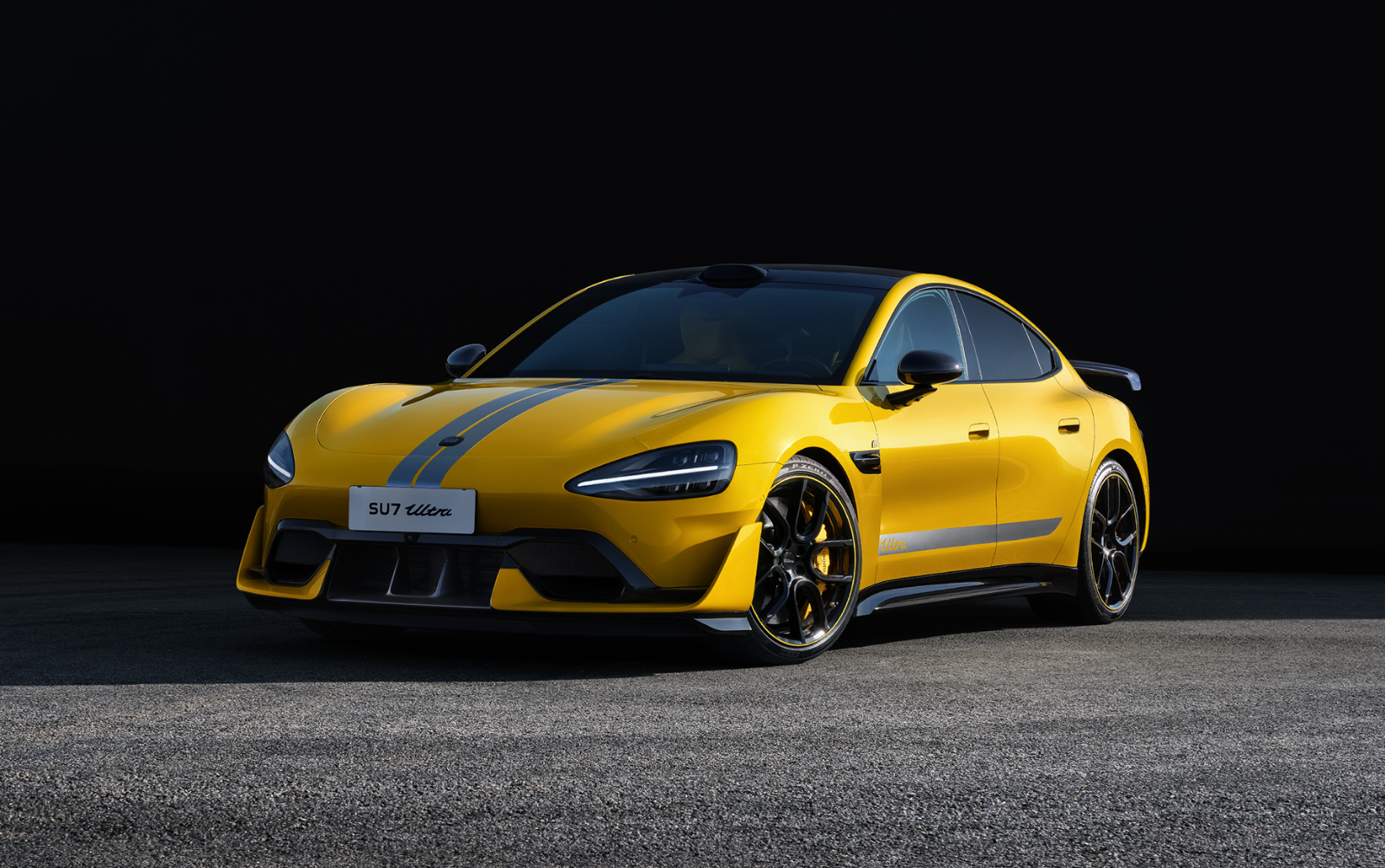
(Image source: Xiaomi)
According to a survey report from Chezhinet, 57.3% of Xiaomi SU7 owners are under 30 years old. The Mi Fans who once bought Xiaomi phones have gradually reached the age where they need to buy cars, and young people tend to pursue speed and excitement. The Xiaomi SU7 excels in performance among new energy vehicles, has a high-end design, and comes with Xiaomi's ecosystem, meeting the needs of young consumers in all aspects. However, its price is slightly higher than the average domestic car price (data from the China Passenger Car Association: the average price of domestic cars in October 2024 was 168,000 yuan).
The success of the Xiaomi SU7 is no coincidence; it is a product meticulously crafted by the Xiaomi Automobile team after in-depth research into user needs. Relying solely on this one model, Xiaomi has grown into a giant among domestic new force brands, ranking 13th in domestic new energy vehicle sales. The upcoming YU7 is expected to help Xiaomi Automobile enter the top ten.
Can Xiaomi YU7 Replicate the SU7's Success?
The Xiaomi SU7 is positioned as a sports sedan with a low-slung design, resulting in somewhat cramped rear seat space. Sacrificing space for handling is not uncommon in sports cars, and the experience of a sports sedan in a family car scenario is definitely not as good as that of an SUV. After all, no car model can meet the needs of all consumers, so automakers need to launch different models to cover diverse consumer needs.
Hua'an Securities pointed out in its report that in the domestic market, SUVs account for 55.49% of the market share in the 200,000 to 300,000 yuan price range, while sedans account for 41.09%. In the 300,000 to 400,000 yuan price range, the SUV share remains stable at 55.78%, while the sedan share drops to 31.59%, and the MPV share rises to 12.63%.
Data shows that consumers who purchase cars priced above 200,000 yuan generally prioritize comfort, and the large space of SUV models better meets their requirements. New energy vehicle brands like AITO and Li Auto have risen to prominence relying on SUV models. For Xiaomi, the importance of the SUV model YU7 is no less than that of the SU7.
At the press conference on May 22, Xiaomi already announced some of the core configurations of the YU7. The model comes in three versions: Standard, Pro, and Max. The Xiaomi YU7 is a single-motor rear-wheel-drive model equipped with a 96.3kWh lithium iron phosphate battery, offering a range of 835km and a 0-100km/h acceleration time of 5.88 seconds. The Xiaomi YU7 Pro features dual-motor all-wheel drive with a 0-100km/h acceleration time of 4.27 seconds, also equipped with a 96.3kWh battery and a range of 770km. The Xiaomi YU7 Max also has dual-motor all-wheel drive but with a peak power of up to 508kW and a 0-100km/h acceleration time of only 3.23 seconds. The cost of this ultra-high power is reduced range; the car has a battery capacity of 101.7kWh but only offers a range of 760km.
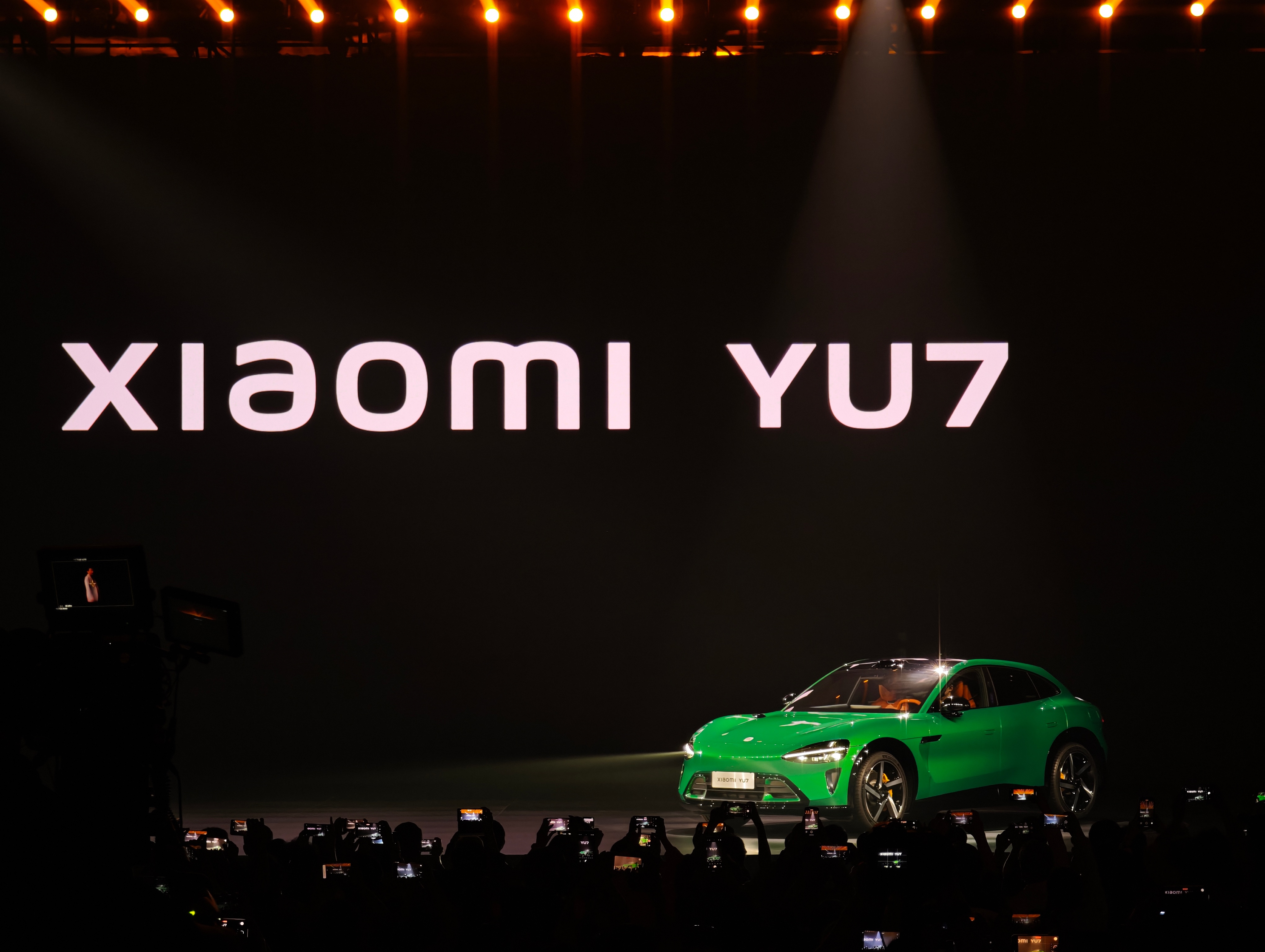
(Image source: Diantong Photography)
Based on the 800V silicon carbide platform and 5.2C charging rate, the Xiaomi YU7 Max can charge from 10% to 80% in just 12 minutes, faster than the Tesla Model Y and Porsche Macan Electric.
The Nvidia Thor U chip, which comes standard across all models, boasts 700 TOPS of computing power. Coupled with the lidar, which is also standard across all models, the Xiaomi YU7 addresses shortcomings of the SU7 in terms of computing power and the lack of lidar in lower-end versions, and offers greater upgrade potential. If extreme performance is not a priority, the Xiaomi YU7 Standard version, with intelligent driving capabilities on par with the high-end version and longer range, may be the most worthwhile option for consumers.
The Xiaomi SU7 has dimensions of 4999×1996×1608 (1600) mm and a wheelbase of 3000 mm, easily outpacing its competitor, the Model Y. Xiaomi states that the YU7 offers 100mm of headroom, and 77mm and 73mm of rear headroom and legroom, respectively, surpassing both the Model Y and Porsche Cayenne.
Clearly, Xiaomi is an automaker willing to listen to consumer feedback. The YU7 addresses the shortcomings of the SU7, comes standard with high computing power and lidar, and offers more space than the Model Y. Although some configurations and details have not been officially announced, consumers can already see the hard power of the Xiaomi YU7 from its core configurations.
The biggest mystery surrounding Xiaomi YU7 at present is its price. Previously, some netizens speculated that the price of Xiaomi YU7 would be 199,900 yuan, which was denied by Lei Jun. SUVs in the same price range typically cost and are priced higher than sedans. The current starting price of the Xiaomi SU7 is 215,900 yuan, and it has not yet been reduced. Considering the improved hardware configuration and the SUV product positioning, Diantong predicts that the three versions of the car will be priced at 229,900 yuan, 259,900 yuan, and 309,900 yuan, respectively.
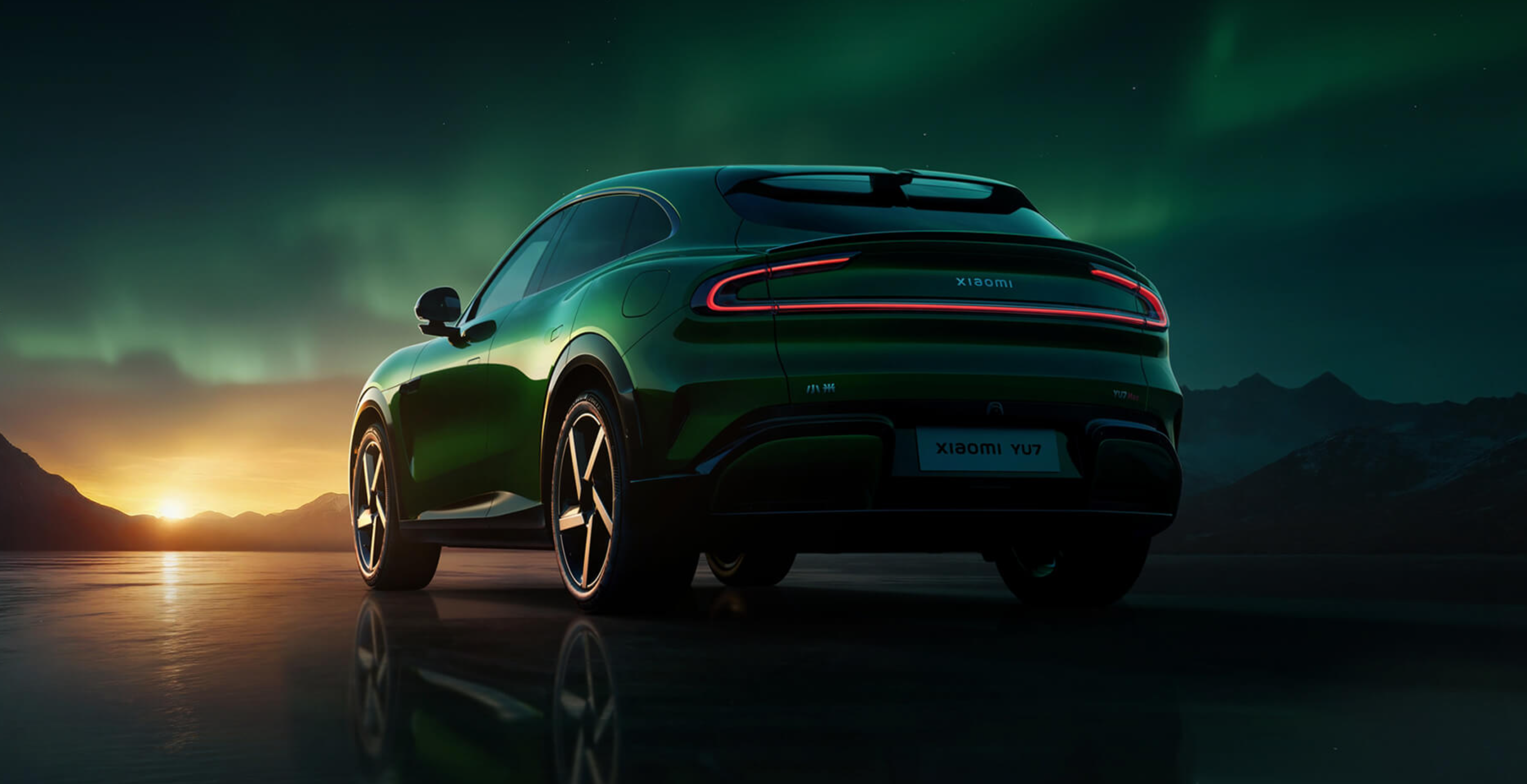
If the price of Xiaomi YU7 is not significantly different from Diantong's prediction, then the car will be very worth buying. However, whether it will sell well depends on the level of consumer support, and there is a difference in the target audience between mid-to-large SUVs and sports sedans.
According to the "White Paper on Automobile Consumer Insights and Purchasing Decisions" jointly released by Autohome and Roland Berger, the target consumer group for mid-to-large SUVs like Xiaomi's YU7 is male individuals aged 30 to 40 with annual incomes exceeding 400,000 yuan. They pay attention to factors such as automotive brand, service experience, and product safety.
Within this group, Xiaomi's influence has decreased somewhat. However, many Mi Fans from years past are now around 30 years old, have settled down, and possess strong purchasing power. Diantong believes that Xiaomi YU7 sales will definitely not be low and are expected to help Xiaomi enter the top ten in domestic new energy vehicle sales (including traditional automakers). However, replicating the success of the SU7 and reaching the same height will be quite challenging.
Breaking Stereotypes for YU7's Success
Every automaker has its own label, such as Wuling as a "productivity tool," Chery for being cheap and durable, Great Wall for its large volume and satisfaction, BYD for its ultra-high cost-effectiveness, and Huawei and XPeng for their leading intelligent driving technology.
Xiaomi Automobile has done a lot of preparation to shape its label, adding optional physical buttons to its products and being compatible with the Apple ecosystem. However, its biggest label is still "performance." Even for the SUV model oriented towards family use, the Xiaomi YU7 Max offers a 0-100km/h acceleration time as low as 3.23 seconds.
However, while labels help automakers with marketing and promotion, attracting consumers, they can also easily lead to stereotypes about the brand among consumers.
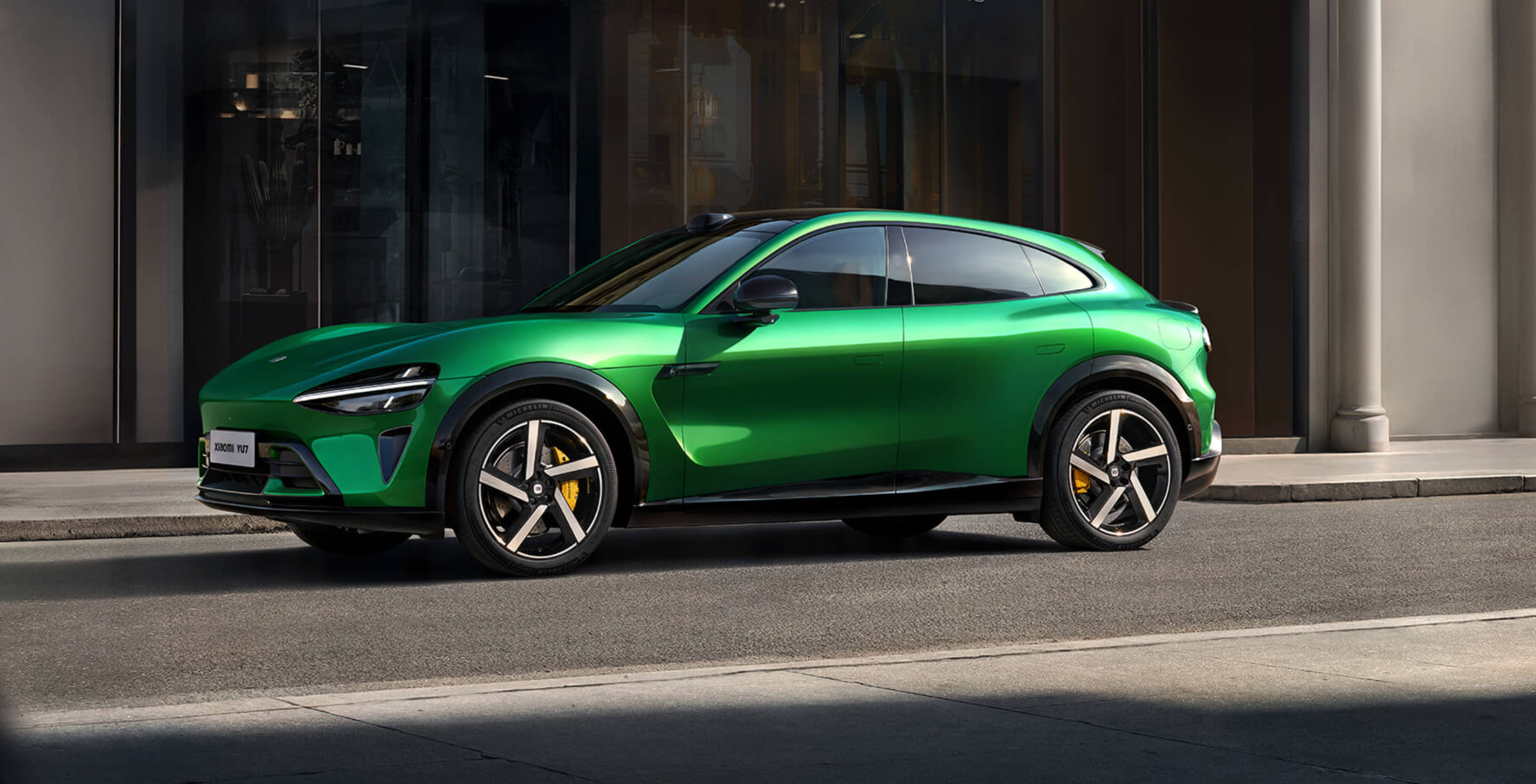
(Image source: Xiaomi)
The target group for mid-to-large SUVs is high-income individuals aged 30 to 40, which differs from Xiaomi Automobile's current label. Fortunately, after witnessing the success of the Xiaomi SU7, media outlets and netizens are more optimistic about the YU7, which is beneficial for its promotion.
For Xiaomi, if the YU7 is successful, it will mean that Xiaomi is no longer relying solely on brand influence and Lei Jun's personal influence to attract young consumers. Instead, it will have truly become an automotive brand widely recognized by consumers, breaking stereotypes and brand limitations among netizens.
Xiaomi SU7, YU7, SUV, Tesla
Source: Lei Tech

